Nasa Picture Of The Day - Blog Posts
.

I wrote universalisartdesign

I am speechless.

The Lonely Neutron Star In Supernova Remnant E0102-72.3 (the blue dot at bottom left) blue represents X-Ray light captured by NASA'S Chandra observatory, while the red & green represent optical light captured by ESO'S telescope in Chile and NASA'S Hubble in orbit. (Text adapted from apod.nasa.gov)
Credit : X-Ray — Chandra Observatory & Optical light — ESO / HUBBLE

IC 1805 – The Heart Nebula, taken on September the 11th, 2019
Image Credit & Copyright : Bray Falls

The Horsehead Nebula in Infrared from Hubble
Fittingly named the Horsehead Nebula, it is embedded in the vast and complex Orion Nebula (M42). A potentially rewarding but difficult object to view personally with a small telescope, the above gorgeously detailed image was taken in 2013 in infrared light by the orbiting Hubble Space Telescope in honor of the 23rd anniversary of Hubble's launch. The dark molecular cloud, roughly 1,500 light years distant, is cataloged as Barnard 33 and is seen above primarily because it is backlit by the nearby massive star Sigma Orionis . (Text adapted from APOD.NASA.GOV)
Image Credit: NASA, ESA, and The Hubble Heritage Team (STScI/AURA)

Hubble sees a more holistic view of the Butterfly Nebula or NGC 6302
Hubble was recently retrained on NGC 6302, known as the "Butterfly Nebula," to observe it across a more complete spectrum of light, from near-ultraviolet to near-infrared, helping researchers better understand the mechanics at work in its technicolor "wings" of gas. The "wings" of NGC 6302 are regions of gas heated to more than 36,000 degrees Fahrenheit that are tearing across space at more than 600,000 miles an hour. NGC 6302 lies between 2,500 and 3,800 light-years away in the constellation Scorpius.

Galaxy NGC 2768 as seen by Hubble on my birthday.
Check out what Hubble captured on your birthday here – https://www.nasa.gov/content/goddard/what-did-hubble-see-on-your-birthday




1200 Megapixel
⚠️Remember to click on photo to view in full hd quality
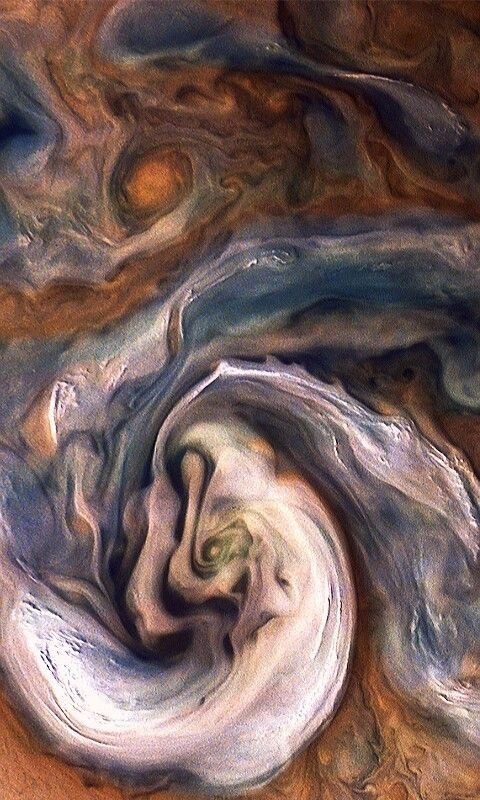

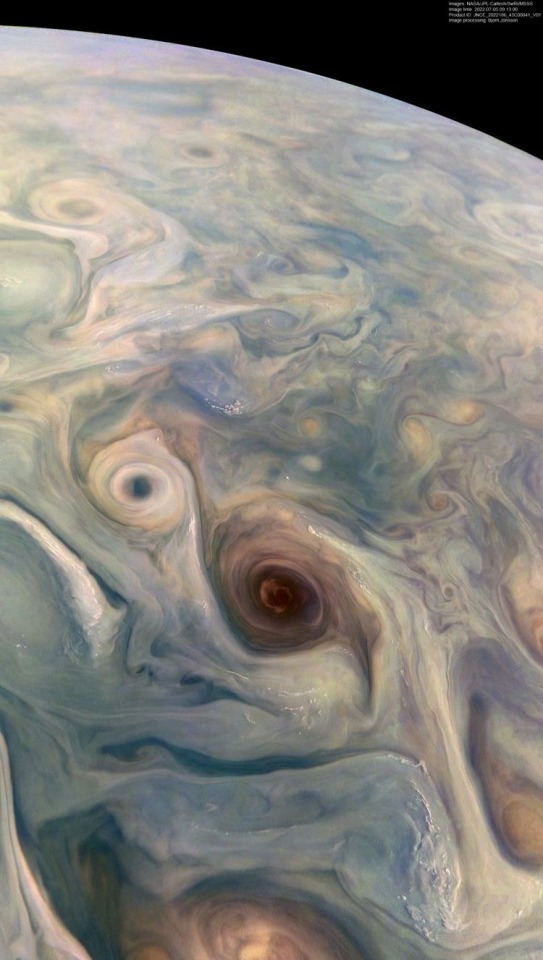



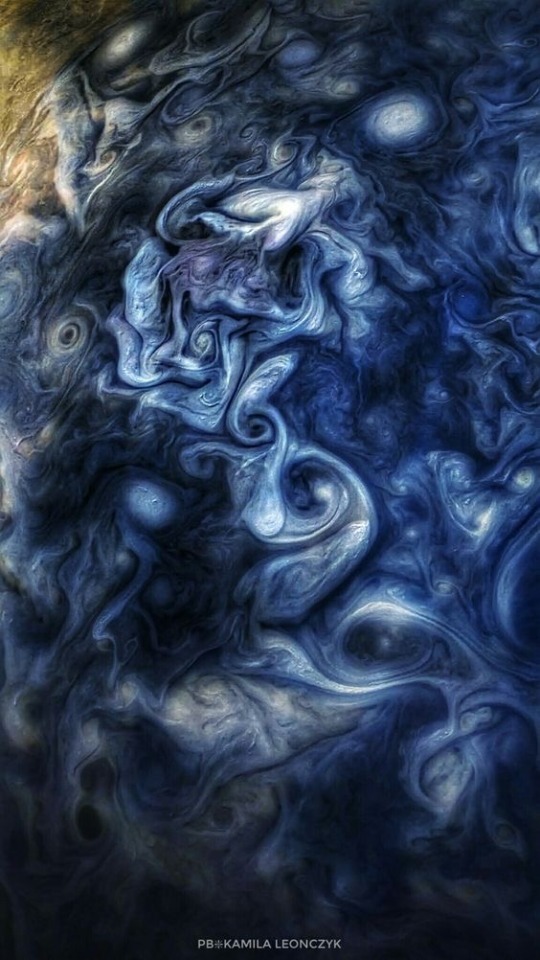
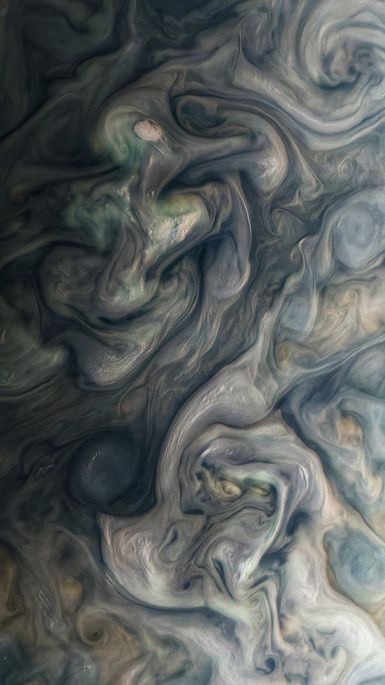
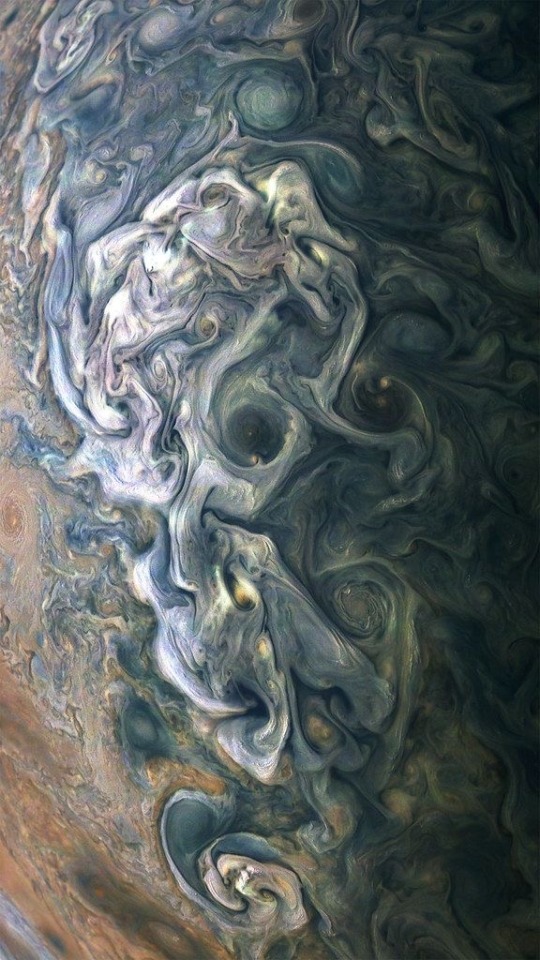
My favorite most beautiful planet in the solar system! Jupiter!

